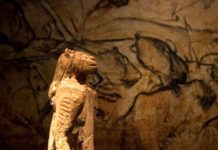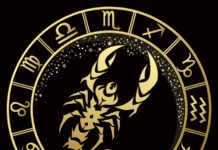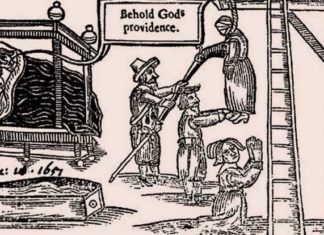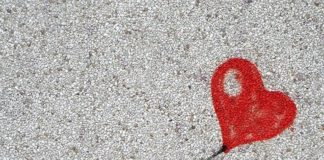
At the Museo Regional de Ica, you’ll find some oddly shaped skulls on display. Throughout history, different cultures have changed the shape of their children’s skulls by tying two wooden boards to their heads and making them fit tighter day by day. One look at these skulls, and you’ll swear their mother rolled them down a mountain like pizza dough on a daily basis.
The Paracas skulls were discovered in the Paracas Peninsula on the southern coast of Peru. Peruvian archaeologist Julio Tello found them back in 1928, along with a complex and sophisticated graveyard. The skulls reportedly have some odd characteristics aside from their atypical shape. For one, the foramen magnum (the hole at the bottom the skull that the spinal cord passed through) should be closer to the jawline. Also, the Paracas skulls are said to be missing sagittal sutures, the fixed joint you typically see across the top of a human skull. In other words, these skulls don’t look human. (You can probably guess what some claim they do look like.)
It has been repeatedly claimed that when DNA testing was carried out in 2014, it was found that the Paracas skulls have mitochondrial DNA with mutations unknown to any human, primate, or animal known so far. Other sources have just as repeatedly debunked these claims, pointing out that any abnormalities in the DNA can be explained by any number of factors and don’t mean the skulls are alien-human hybrids.
Больше информации вы можете получить на моем телеграм канале t.me/english_teacher_moscow
Больше адаптированных аудиокниг вы можете найти в моей VK группе https://m.vk.com/public26206217
Больше афоризмов и пословиц вы можете найти в моем Инстаграм профиле.






























